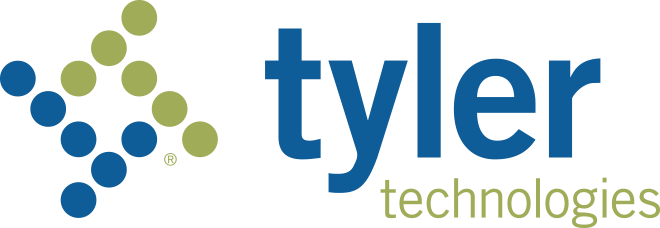Overview of Revenue
Tyler Hawaii submits financial reports to the Access Hawaii Committee each year. In turn, the Access Hawaii Committee submits an annual report to the Hawaii State Legislature regarding the services that the portal provides to our agencies along with our unaudited financial reports. The portal manages 89 services that feature online payments. We refer to services that include a payment system as “transactional services”. Transactional services are typically self-funded, in whole or part.
In fiscal year 2024, there were over 1.7 million transactions on portal services, averaging 4,648 a day. The portal collected $594,692,594 and disbursed $582,820,681 to the State and County agencies. Tyler Hawaii portal revenue was $11,871,912 in FY2024 and expenses were $9,753,879, resulting in an operating income of $2,118,033.
Funds collected in FY2024
Percent of funds disbursed to agencies
Funds disbursed
to agencies in FY2024
Table 2: Financial Summary by Fiscal Year* (FY2024 – Unaudited**)
* Please see Appendix H: Glossary for a more detailed explanation of the items in the table.
** Please note that all financial numbers in FY2024 exclude projects outside of the Portal Contract
Solution
The portal uses a standard payment processing system called Kala, which processes credit and debit card payments, e-checks (ACH debit), and invoices. Kala can process payments via multiple means: online, at a kiosk, via a mobile device or at the point of sale.
Tyler Hawaii disburses funds based on each agency’s needs, electronically or manually, on a daily, weekly, semi-monthly or monthly basis and provides detailed reporting.
Sources
The portal receives three types of revenue to support its operations: transactional, time and materials, and hosting and maintenance.
- Transactional revenue is collected for services that charge a portal administration fee on each transaction. Self-funding depends primarily on transactional revenue.
- Time and materials revenue is collected for projects that cannot justify a transaction fee, for example, services that do not involve a financial transaction or that serve a population too small to sustain self-funding. In most cases these projects benefit from the portal’s hourly rates and take advantage of our existing services and infrastructure.
- Hosting and maintenance revenue is collected for hosting and maintaining websites or services that are not supported by transactions; it accounts for less than 3% of the portal’s overall revenue. In some cases, a hybrid approach may be applied; a service that cannot pay for itself is funded partly by time and materials while hosting and maintenance is supported by transactional revenue.
Payments Made to the Portal
Prior to earning a single dollar of revenue, Tyler Hawaii assumes all upfront investment risk of (1) implementing the hardware, software, and hosting infrastructure and (2) building and operating the online State or County agency services. The majority of services managed by Tyler Hawaii are funded by end user (business, citizens, and visitors) efficiency fees on a per-transaction basis, where the user pays for the service. With other services, Tyler Hawaii’s fees are paid by the agency (State and Counties). Typically, the agency receives more value or avoids more cost than the amount of the per-transaction fee it pays to Tyler Hawaii. In both of these situations, those who benefit most from the services pay for them. Revenues and expenses are reported bi-monthly to the Access Hawaii Committee.
The table below shows that 93% of Tyler Hawaii’s Revenue in FY2024 is comprised of transactional revenue while 7% is from funds collected through time and materials work, hosting and maintenance fees.
FY2024 Revenue by Funding Model (Unaudited)
Table 3: FY2024 Revenue by Funding Model (Unaudited)
Tyler Hawaii’s monthly revenue and expenses in FY2024 are displayed above and in the table below. Monthly revenue fluctuates based on the number of transactions processed per service as well as the amount of work performed on time and materials projects.
FY2024 Monthly Revenue and Expenses (Unaudited)
Table 4: FY2024 Monthly Revenue and Expenses (Unaudited)
